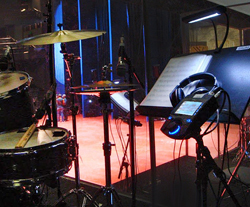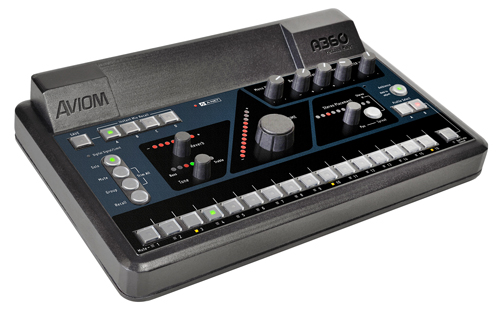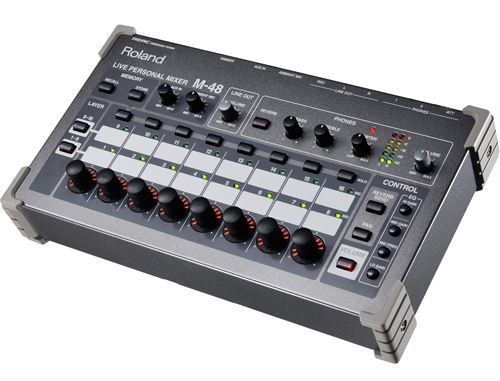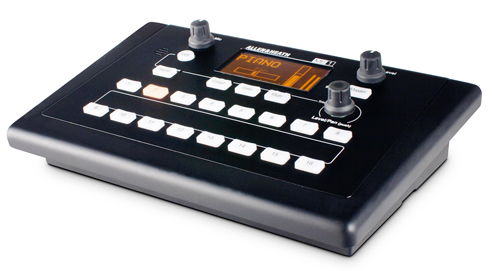It’s hard to believe that just a few short years ago the entire personal mixing market belonged to just a few companies, replaced by a seemingly ever-expanding landscape of these systems.
The concept is simple: feed some number of inputs, typically16 to 40, to the system’s input module, connect the personal mixers to the distribution hub, and let the musicians put together their own monitor mix. Ideally, each musician gets what they want without the need for a monitor engineer.
Some would argue that a monitor engineer will deliver better results than giving musicians one more thing to do, and that may be true.
On the other hand, I’ve spoken with several bands now tour with personal mixers because they weren’t happy with the results from a monitor engineer. So we’ll let that argument alone for now.
The reality is personal mixers are here to stay, so it’s a good idea to come up to speed on the various systems and what each has to offer.
Rather than offering a comprehensive review of every model, this will be a look at newer and improved systems. And we’ll start with the company that started it all.
Aviom A360. Introduced this past January, the A360 is the long-awaited upgrade to the venerable PM-16ii. Boasting a new 36-channel mix engine, it now lets users select up to 36 sources from up to 64 on the network. Each mix channel can be mono or stereo, and has volume, reverb, tone and stereo placement controls.
New features such as a one touch ambience button, a dual profile channel that stores two configurations (useful for a background vocal that leads one song, for example), instant mix recalls, and USB setup demonstrate that this isn’t your grandfather’s Aviom.
It’s compatible with existing Aviom input modules, though to take advantage of the higher channel count, you’ll need to use the new one. The company also recently introduced a Dante module for I/O.
Roland Systems Group M-48. This one might be considered the first of the next generation personal mixers. Each unit is essentially a 40-channel mixer with 16 stereo groups. Through software, it’s possible to group the channels in any configuration for each mixer, with full level control for every input on every mixer.
Though originally designed to integrate with Roland’s V-Mixing system using proprietary REAC protocol, the S-MADI bridge allows users to grab the first 40 channels of a MADI stream for use with the M-48s.
Each mixer offers a 3-band mid-swept EQ for each group, overall bass and treble controls, a built-in ambient mic, reverb send level on each group, a 3.5-mm aux input, both 1/4-in and 1/8-in headphone jacks plus a stereo pair of TRS jacks for wireless IEMs or wedges. Power comes from the S-4000D distribution module, which can handle up to eight M-48s with a cascade port for adding additional units.
Allen & Heath ME-1. One of the newest kids on the block, A&H included a whole of capability with this system. Designed to work with iLive and GLD consoles, an optional input module accepts up to 40 channels from Dante, EtherSound or MADI. They even threw in an Aviom compatibility mode.
A bright OLED screen lets you see the custom channel names, one knob sets channel volume and pan, as well as a master EQ and limiter and a clever master trim function that lowers all inputs should the user start getting them all too high.
The surface has 16 rubber keys that can be configured to control a mono or stereo input, or a group of inputs. Rather than burning auxes on the board building stems, the ME-1 does it internally. Like many of the others, both 1/4-in and 1/8-in headphone jacks are provided, as well as a built-in ambient mic.


















